Ten Ways of Preparing Medicinal Herbs
One of the most important things about herbal medicine is how it’s prepared. There are many different methods of preparing medicinal herbs, such as teas, poultices, syrups, and salves.
There really aren’t any set rules for what cooking methods to use for certain physical conditions but a good indicator is that typically skin conditions such as arthritis, cuts, bruises and other external conditions will be treated with ointments, salves or other topical preparations.
Pain relievers, decongestants, cleansing tonics and other “inside jobs” will be treated with oral preparations.
Preparing Medicinal Herbs for Drying
This is exactly what it sounds like – you’re going to dry the herbs and use them sprinkled into teas, salves or other prep methods. Typically you’ll want to dry your herbs hung by the roots so that all of the oils drain into the leaves.
Another option is to use a dehydrator, preferably one with a fan to help circulate the air and dry the herbs evenly. A third choice is to lay the herbs out on screens and dry them in the sun.
Preparing Medicinal Herb Decoctions
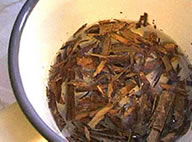
A decoction is often made from physically denser materials such as bark or berries. It simply involves adding the herb to water, simmering or boiling for a set amount of time and then allowing the brew to steep for a while, preferably overnight. The liquid is then strained before drinking.
You want to be cautious with decoctions because many essential oils become ineffective if they become too hot. Some even change chemically, so take care not to overheat them.
A typical oral dose is 1/2 cup a few times per day.
Preparing Medicinal Herb Infusions
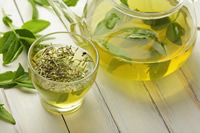
Infusions are one of the most common ways to get the medicinal properties from herbs. You simply pour hot water over them and allow them to steep for a designated amount of time, usually until cool. Then you strain it and drink it. Think tea. Dosages are typically 1 cup at a time.
Macerations of Medicinal Herbs
Remember that we talked about how some oils break down when they get too hot? Well the goal of maceration is to make a tea without that happening.
You use cold water instead of hot and you smash the leaves, bark, berries, etc. up in the water, then let it sit for several hours, preferably overnight. The dosage is the same as for an infusion: 8 ounces up to several times per day.
Oil Infusions
To make an oil infusion, you simply soak the herbs in oil in order to extract the medicinal properties. Extractions are often used for cooking, skin conditioning, making soap or as massage oil. The best oils are almond, olive oil, coconut oil or sesame oil. Depending upon the herb and the oil, infusions may be made using room-temperature oil or you may heat it up.
Preparing Medicinal Herbs to Make Ointments and Salves

The most common uses for ointments are for treating skin issues such as rashes, cuts, bites, dry skin or even sore muscles or joints. Essentially, ointments are great if you want to use a waterproof base that isn’t going to run off of your skin.
The traditional base was petroleum jelly but we now know that petroleum is linked to cancer, including breast cancer because of the PAH’s in it. Petroleum is also hydrophobic, which means that it sucks moisture out of your skin; not exactly the end goal if you’re already treating irritated or dry skin.
Stick with “Un-Petroleum” jelly instead. You can either buy it and stash it, or make your own. We make our own by melting together 1 cup of olive or coconut oil and ¼ cup beeswax. Voila! And it’s a great moisturizer, too.
To make an ointment, just toss your herbs into the saucepan along with the beeswax and oil, bring it all to a simmer over VERY low heat and simmer for about 30 minutes. Strain it out and place the ointment in a small glass jar or tin. It will get thicker as it cools.
Poultices
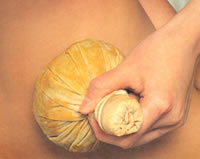
Since poultices are placed directly onto a wound or targeted treatment area, they’re used most commonly for drawing out infection, decreasing inflammation, soothing sore muscles, relieving chest congestion and drawing out foreign objects from your tissues.
Typical bases include corn meal, clay or flour added to water and either dried or fresh herbs. Soak them in the water to create an infusion then add the corn meal, clay or flour. Mix it together to form a paste and apply directly to the wound.
Most likely you’ll be wrapping the poultice wound in gauze, or even newspaper will do in a pinch. Just leave it on until it dries and remove it. You may need to reapply a fresh mixture depending upon your goal.
Some poultices should be hot, either to release the medicinal properties of the herbs or to work effectively on the targeted malady. The more practice you have in preparing medicinal herbs, the better you will be at getting the desired result each time.
Syrups
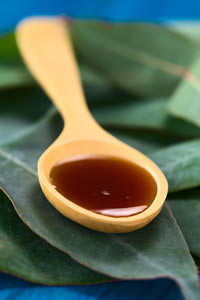
The old song says that a spoonful of sugar helps the medicine go down, and it’s surely a fact. Syrups are just decoctions or infusions that have been sweetened with sugar or honey. Preparing medicinal herbs in syrup form is great for cough suppressants, mucus inhibitors or anything else that you want to taste good.
To make them, add 16 ounces of your decoction or infusion to a pan along with a pound of sugar or honey. Bring it to a boil, remove from heat and allow to cool.
Store in a sealed, non-airtight container because you don’t want bugs getting in but the syrup may expand as it ferments so you don’t want the container to be airtight. Store in the refrigerator.
Teas
Teas are one of the easiest methods of preparing medicinal herbs. Teas are extremely similar to infusions except that you don’t have to wait as long for them to steep. Usually, you’ll pour boiling water over the herbs, let them steep for 10 minutes or so, strain, and drink it hot.
Tinctures
Tinctures are a great way to draw the medicinal value out of your herbs and store it for long periods of time. You do this by soaking them in alcohol or vinegar, and then just make tea, salves or whatever you need from them later. Vodka is a great option because it has a high enough alcohol content to draw out and preserve the medicinal properties but it doesn’t have any flavor.
To create a tincture, add 8 ounces of crushed herbs to 2 cups of alcohol or wine or 1 ounce of herbs to 5 ounces of vinegar. Place them in a quart jar, making sure that the herbs are completely covered. Store tightly covered in a cool dark place for at least two weeks and preferably at least a month.
Shake it up at least every couple of days. Strain the herbs out with cheesecloth or a coffee filter then store in a dark glass container in a cool, dark place. If you’re using vinegar, you need to refrigerate it. Tinctures are good for up to 2 years and 1 drop is equal to one teaspoon of herb juice.
Gather Recipes for Preparing Medicinal Herbs and Practice
Now that you know how to make each kind of herbal preparation, you need some advice on herbs. We’ve listed some good beginner herbs for you in our article, The 8 Best Medicinal Herbs You Should Grow in a Survival Garden.
It takes practice to get the same result each time and you need to determine the best method based on the herb itself, and the condition you are treating. Be especially careful when you’re cooking herbs. If you get above the degradation point of the essential oils within the herbs, then the oils may lose potency.
Preparing medicinal herbs is a skill that should be practiced on a regular basis. Add to your knowledge through research of herbal medicine guides and recipes, as well as experimentation.

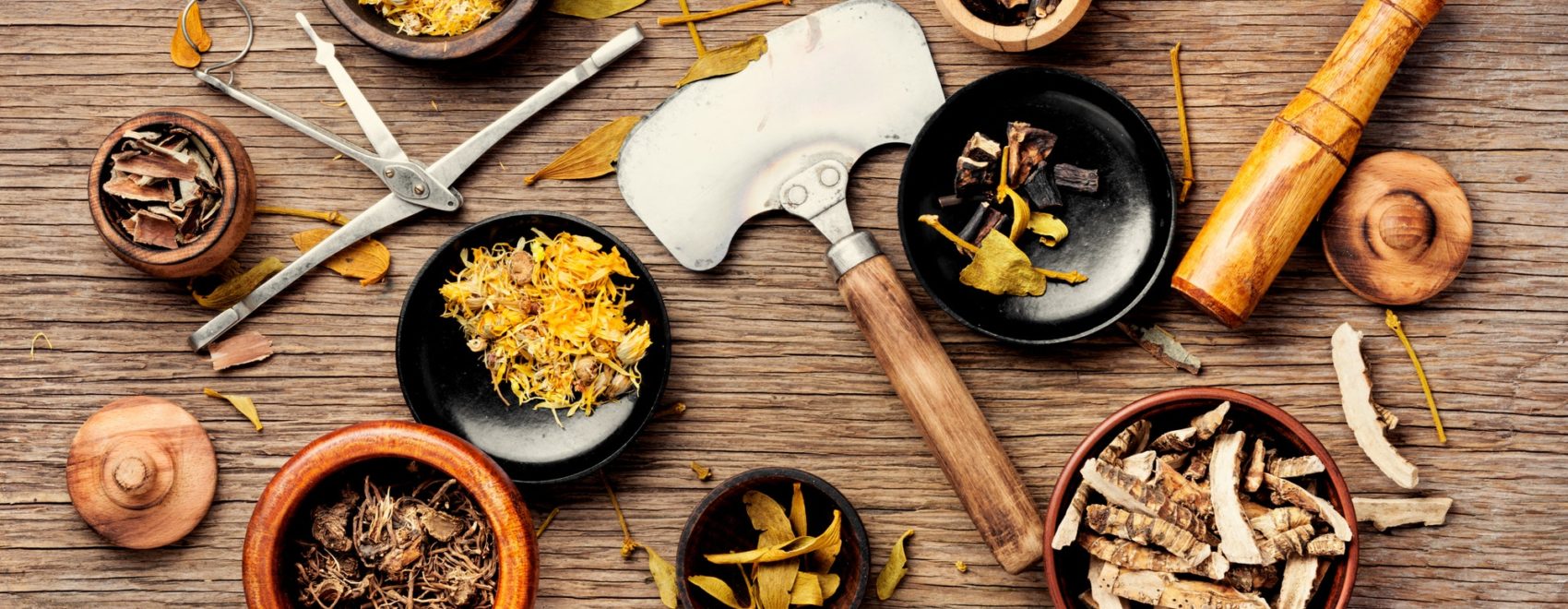
Leave a Reply